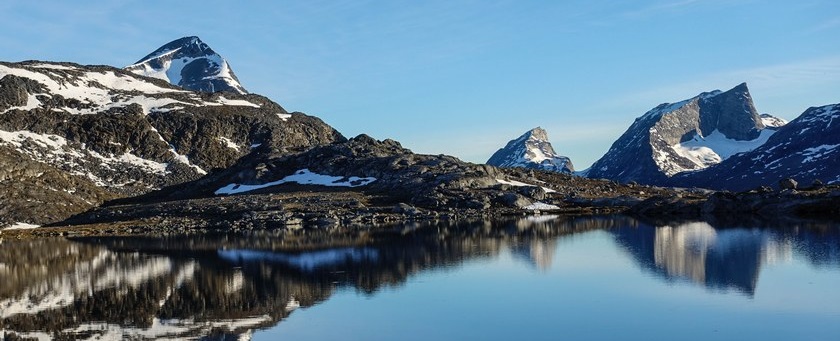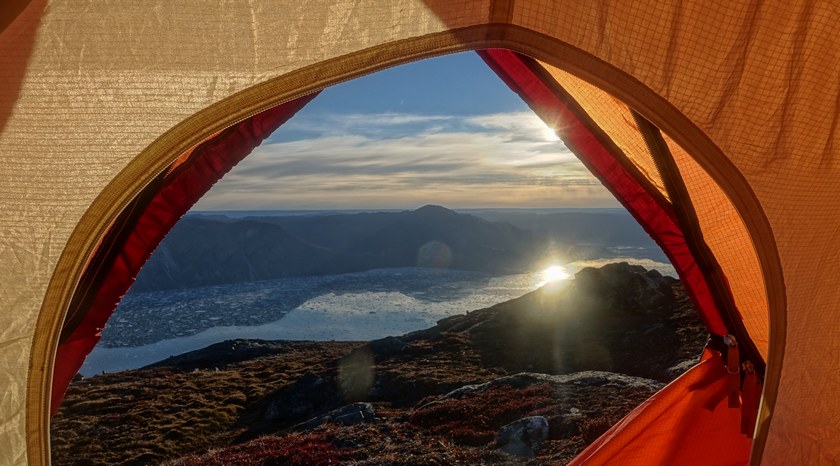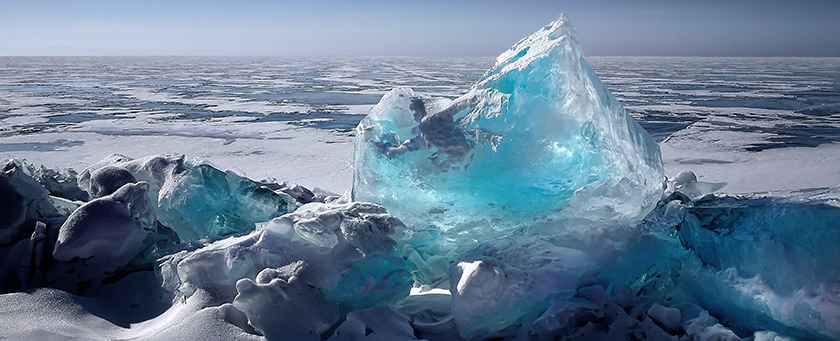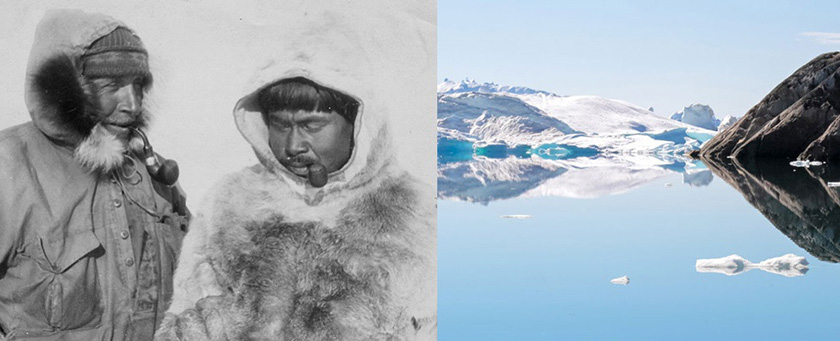About the project
Centennial Climate Drivers of Glacier Changes in Greenland

Greenland’s ice masses are currently experiencing particularly strong changes due to human-induced climate change. The observed time series of atmospheric conditions and impacts on the glacier surface are limited to recent decades. A longer perspective is particularly important if we are to achieve realistic reconstructions of the past or modeling of the future, but is usually limited to indirect proxies.
Interdisciplinary research project
In the project ‘WEG_RE - Centennial Climate Drivers of Glacier Changes in Greenland’ funded by the Austrian Science Fund FWF an interdisciplinary approach is taken to improve our understanding between glacier changes and the underlying climatic drivers. The project is based on archival data from the legendary expedition of the Graz-based researcher Alfred Wegener in the years 1929-1931. During this ambitious expedition climatological and glaciological data were collected, which are excellently documented and available for the project in the archives of Graz University. Climatologically, these are of particular relevance because they were at the core of a short warm phase in which air temperatures were similar to those currently observed. Moreover, they are available at a temporal resolution that is unique for the time.

Temperature changes in Upernavik, W-Greenland since 1900. WEG marks the time frame of the Wegener expedition; WEG_RE that of the granted project. The red line represents the 5-year mean (from the project proposal Abermann et. al.).
Almost a century later, we will therefore again monitor the same parameters over three years at exactly the same measurement sites and under similar atmospheric conditions, albeit under fundamentally different geometric boundary conditions. We will expand the monitoring to include modern methods based on artificial intelligence and innovative process studies. Using modeling and deep learning approaches, patterns will be compared and feedback mechanisms quantified on a local scale. Dynamic models are then used in a next step to perform sensitivity studies. This allows us to determine which factors are causing the observed changes and how glacier surface and atmosphere influence each other. This will give the results further spatial relevance, as the geometric configuration of the study area is representative of large parts of the Greenland ablation area. An important component of the work will also be the interaction and involvement of the Greenlandic people. We will be logistically supported by local operators and at the end of the project the results of the research will be presented in the neighboring settlements. Further outreach activities beyond the core project are already planned.

Basecamp in Greenland, © Jakob Abermann.
The project will be a collaboration between the University of Graz (Austria), Know-Center Graz (Austria), the University of Fairbanks (Alaska), and GEUS (Denmark).



